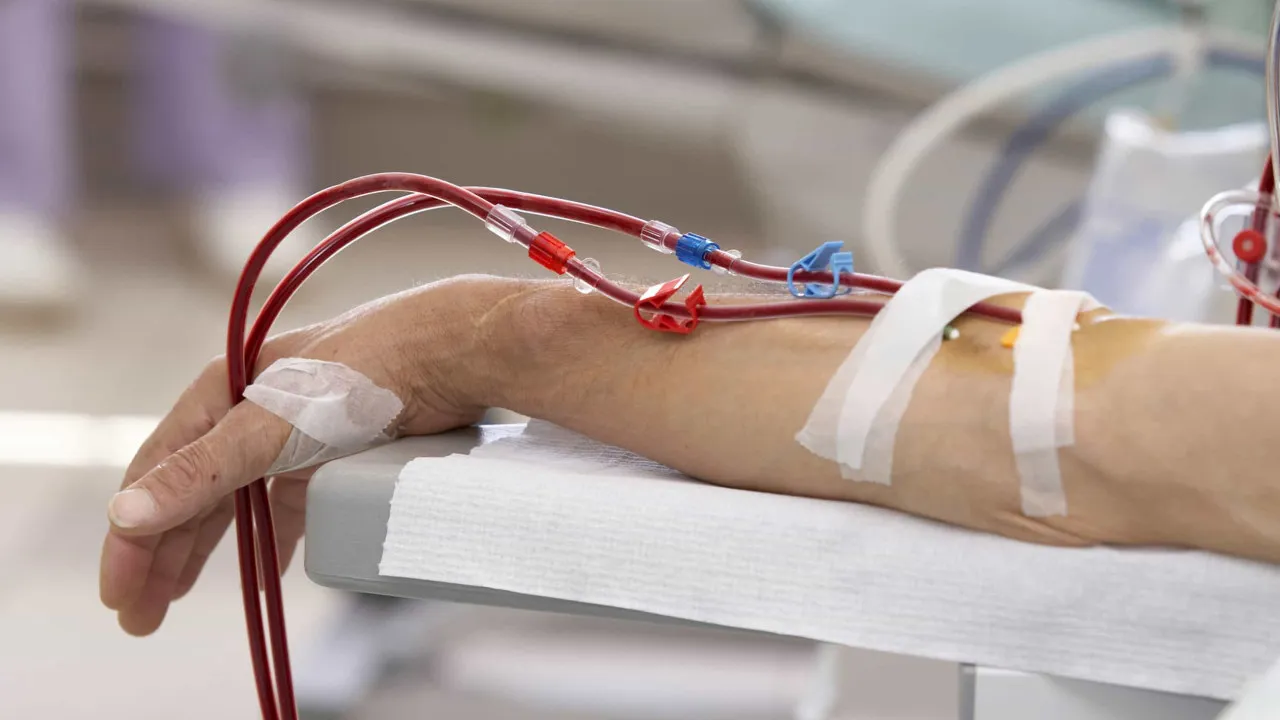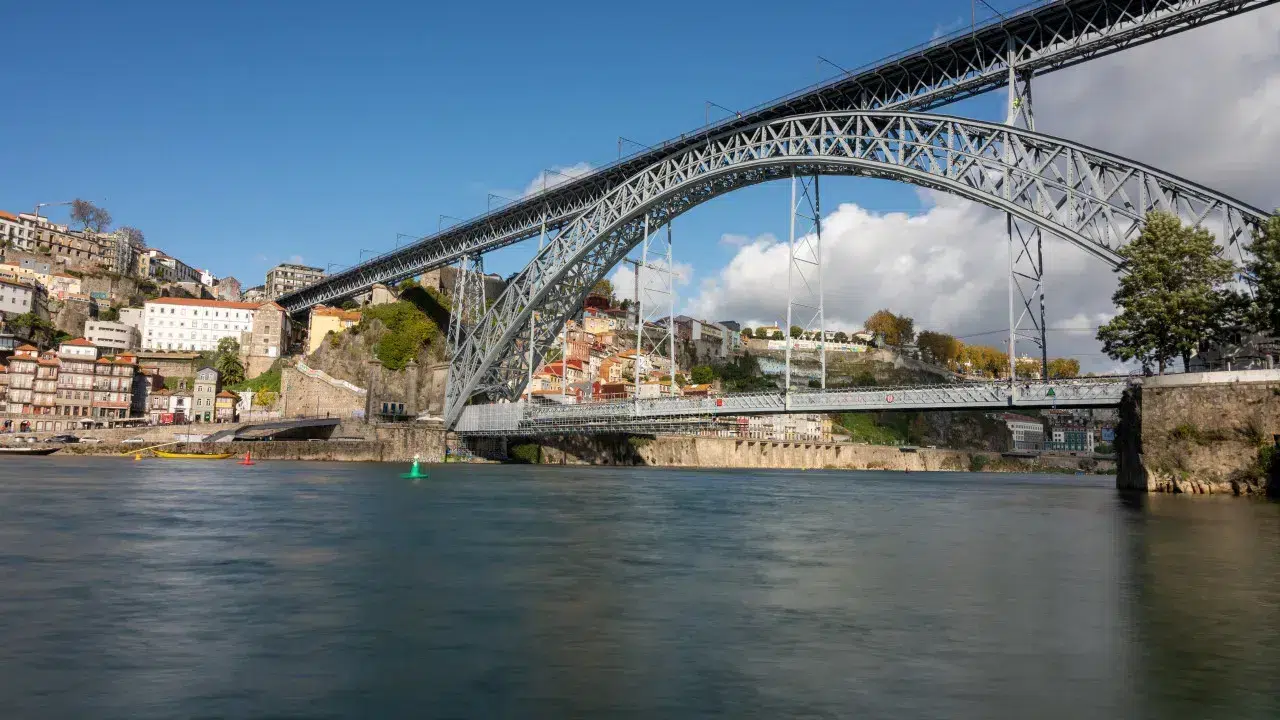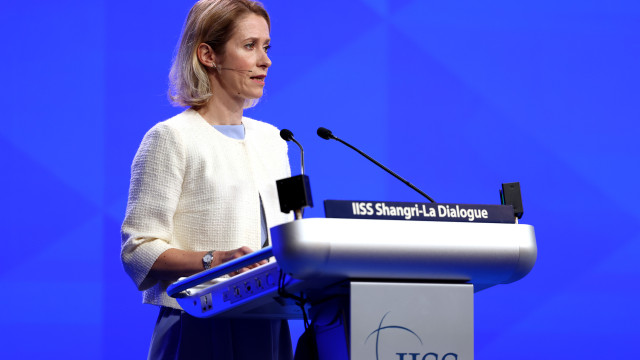
“Companies have been providing these treatments since 2008, for 17 years, without any upward price revisions and even with an 18% reduction. We are experiencing very challenging times where the continuation of these healthcare services is at stake,” noted the president of ANADIAL, Paulo Dinis.
The association stated that the amount the state pays private clinics for dialysis treatments, follow-up consultations, and exams decreased by 77.85 euros, or 14.2%, from 2008 to 2022. Including the integration of vascular access and transfusions in 2011, the total decline amounts to 18.2%.
“This is a fixed amount per patient, per treatment, with everything included. If a patient needs four dialysis sessions a week instead of three, the state does not pay extra, and the companies provide that treatment. Our only disagreement at the moment is with the price being stagnant for 17 years,” emphasized Paulo Dinis.
Speaking on the occasion of the study results presentation, “Kidney Disease and Dialysis in Portugal – The Perspective of the Portuguese,” organized by ANADIAL in collaboration with Spirituc, the official recalled that in 2023, the association proposed a mechanism similar to that of the Energy Services Regulatory Authority (ERSE), “leaving competition to the market,” as is done in setting fuel prices.
“We proposed for the first time a measure that would address not only this serious current situation but also safeguard the future interests of all parties, preventing another similar discussion in three or four years,” he noted.
The study, developed from 1,510 questionnaires, concluded that 80% of respondents want the state to recognize the value of private entities in the field of dialysis.
Asked about this observation, which is also proposed by the government regarding the complementarity between public and private sectors, Paulo Dinis explained that for the sector, “it does not bring anything new.”
“In our case, there is not much more to defend because the situation already exists. Perhaps the Government’s program suggests this strategy because, for instance, in the case of hemodialysis, it is a good example of how a partnership with private entities, with well-established rights and duties, alleviates the state’s investment while ensuring treatment quality,” he highlighted.
For the president of ANADIAL, the success of the private sector in hemodialysis “is something that gives the government the confidence to try more programs of this type in other areas.”
The association’s study, representing about 120 clinics in the country, also concluded that 82% of respondents acknowledge a high mortality rate when chronic kidney disease is not properly treated, but it has remained at minimal levels in Portugal.
“Being a severe, burdensome disease with complex contexts, it always has mortality, but in recent years it has hovered around 13%, and, most importantly, with a trend of improvement,” stressed Paulo Dinis, despite considering that “by 2040 it will likely be the fifth leading cause of death.”
The official noted that “it is a silent disease” and that the “main reason for its progression” is hypertension and diabetes.
Paulo Dinis also indicated that “there continues to be a growth of about 1/1.5% in the number of patients from one year to the next,” representing approximately 13,000 patients treated daily, “about 0.1% of the population.”




